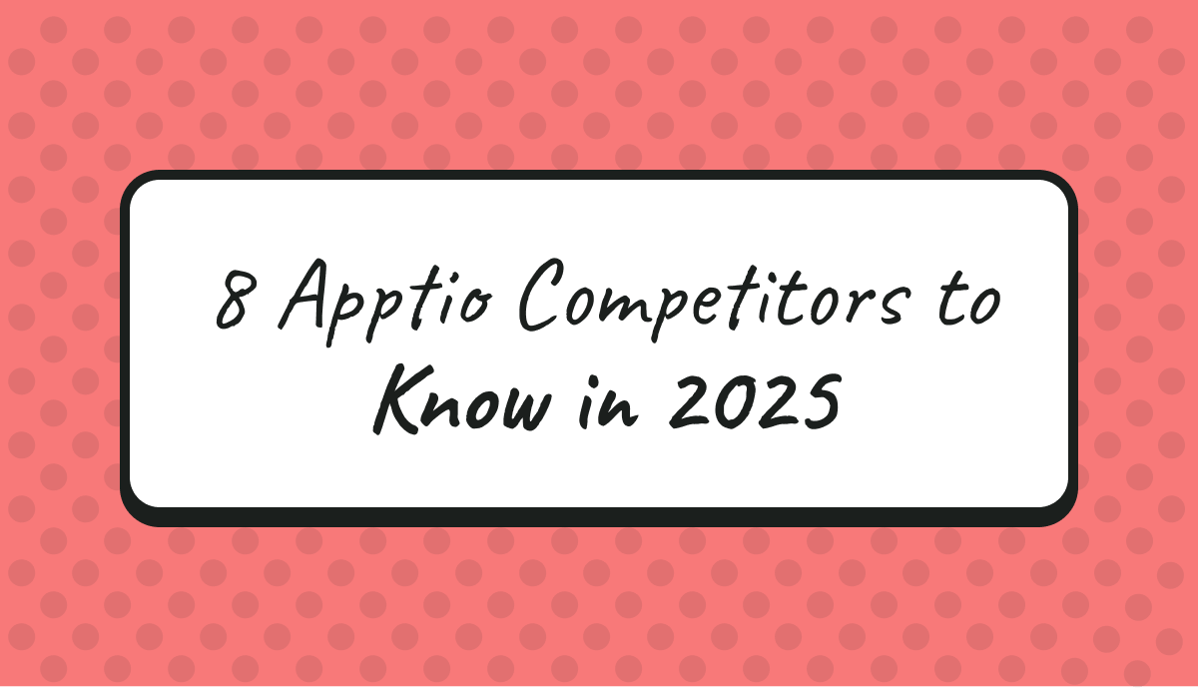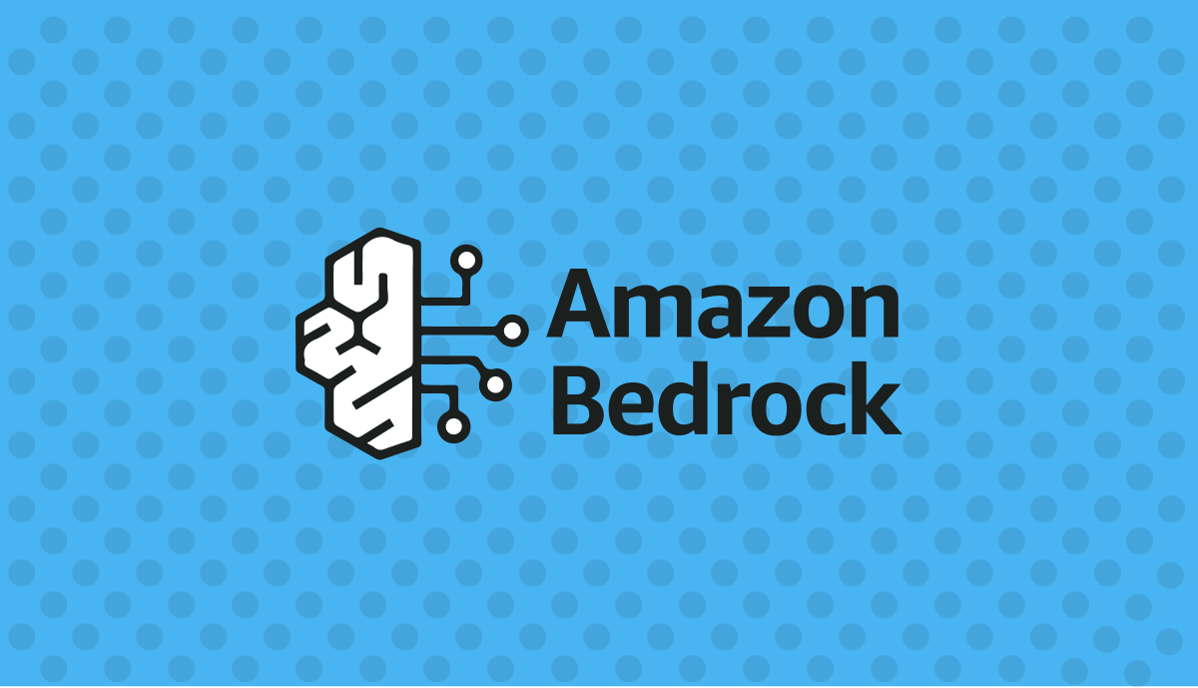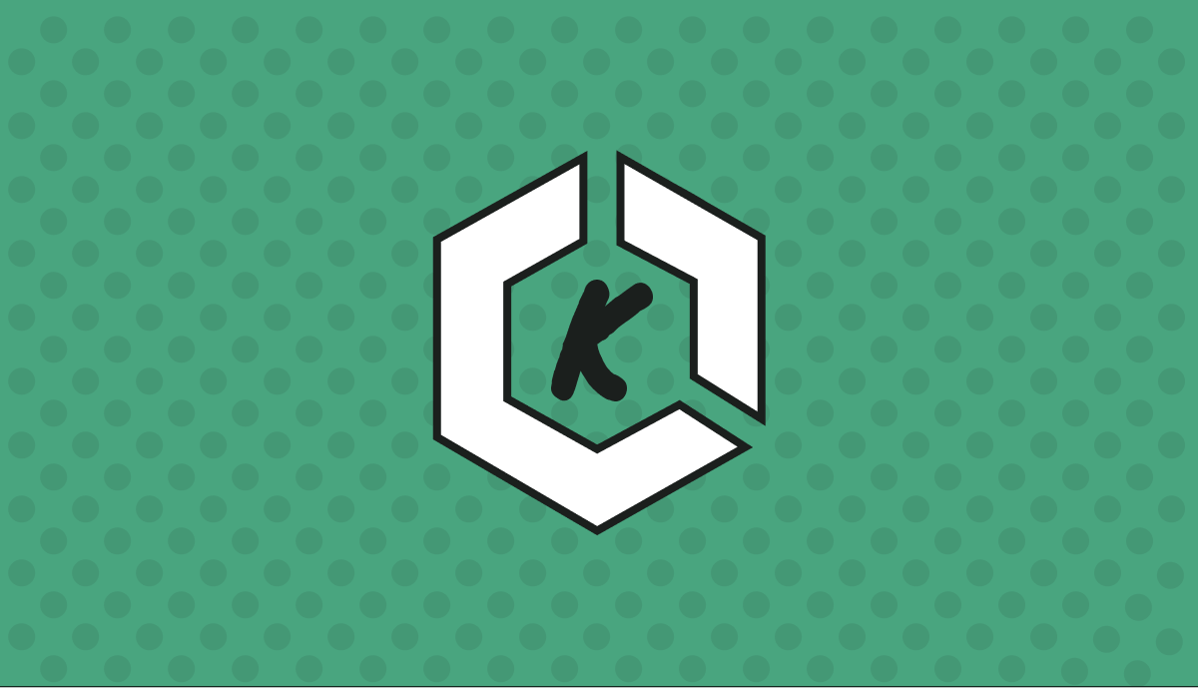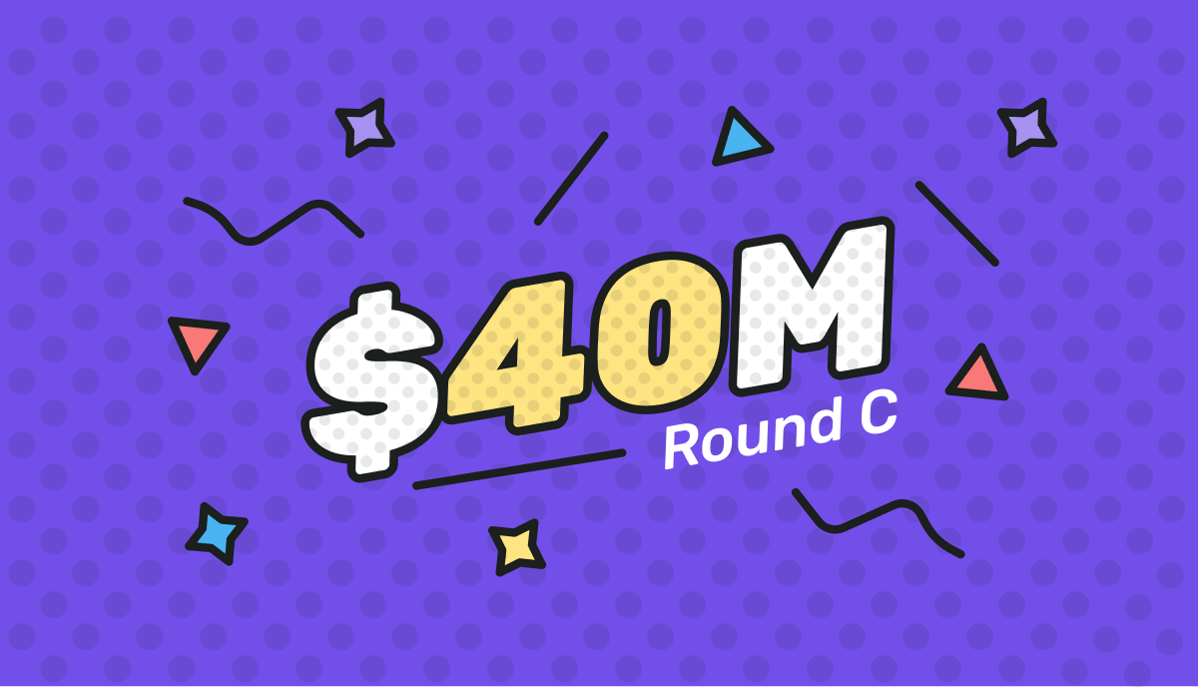
What Are Cloud Cost Optimization Tools?
Cloud cost optimization tools are specialized software solutions that help organizations manage and reduce their cloud spending. They provide insights into cloud usage and expenses, enabling organizations to identify wasteful expenditures and optimize resource allocation.
By analyzing consumption patterns, these solutions suggest actionable strategies for cost savings without compromising on performance or capacity. FinOps tools often come with features such as cost visibility, budget tracking, and automated recommendations for purchasing reserved instances or scaling resources.
These tools are important for maintaining financial control over cloud environments, allowing companies to leverage the scalability of the cloud while minimizing unnecessary costs. Through continuous monitoring and optimization recommendations, they help organizations maximize their return on cloud investments.
In this article:
- Challenges of Manual Cost Optimization
- Key Features of Cloud Cost Optimization Tools
- Top 10 Cloud Cost Optimization Tools
Challenges of Manual Cost Optimization
Manual cost optimization for cloud environments presents several significant challenges. Without automated tools, organizations struggle to maintain control over their cloud spending, leading to inefficiencies and missed opportunities for cost savings. The following are some of the main obstacles faced when managing cloud costs manually:
- Time-consuming processes: Analyzing cloud usage and optimizing costs manually is labor-intensive and time-consuming. This diverts resources from core business activities and can delay critical optimization actions.
- Complexity of cloud billing: Cloud billing involves numerous variables, including different pricing models, services, and regions. Manually deciphering these complexities to identify cost-saving opportunities can be complicated and error-prone.
- Lack of real-time insights: Manual cost optimization relies on periodic reviews and static reports, which can lead to outdated insights. This lag in information makes it difficult to respond promptly to changing usage patterns or unexpected cost spikes.
- Inconsistent tagging practices: Effective cost allocation often depends on consistent tagging of cloud resources. Manual processes can result in inconsistent or incorrect tagging, leading to inaccurate cost tracking and reporting.
- Limited scope for optimization: Manual efforts typically focus on obvious cost-saving measures and may miss more sophisticated optimization opportunities, such as rightsizing instances or leveraging reserved instances and spot pricing.
Key Features of Cloud Cost Optimization Tools
Cloud cost optimization tools often provide the following capabilities.
Cost Visibility and Reporting
Cost visibility and reporting provide detailed insights into where and how cloud resources are being spent. These capabilities enable organizations to track their cloud expenditure across different services, departments, and projects in real-time. With granular reporting, organizations can identify high-cost areas, understand usage trends, and find areas for cost reduction.
Cost visibility tools aggregate data from multiple cloud platforms into a unified dashboard, offering a complete view of an organization’s cloud spend. Advanced tools can provide cost data from across multi-cloud deployments, Kubernetes clusters, cloud-based databases and big data solutions, CDNs, and more. This enables informed decision-making regarding budget adjustments and resource allocation strategies.
Budget Management
Budget management allows organizations to set spending limits and monitor cloud expenditures against predefined budgets. This feature helps prevent cost overruns by alerting administrators when spending approaches or exceeds budgetary constraints. By implementing budget controls, organizations can proactively manage their cloud costs.
These tools also enable the allocation of budgets across different departments or projects, enabling finer control over how resources are distributed and utilized. With the ability to track spending in real time, decision-makers can immediately adjust their cloud strategies.
Resource Utilization Metrics
Resource utilization metrics provide crucial insights into how efficiently cloud resources are being used. They help identify underutilized or idle resources, which can be adjusted or terminated to reduce costs. Analyzing resource utilization allows organizations to ensure that they are only paying for what they need.
These tools often include detailed analytics on CPU, memory, and storage usage, among other parameters. This data helps companies make informed decisions about scaling resources up or down based on actual demand.
Reserved and Spot Instance Management
Reserved and spot instance management features in cloud cost optimization tools enable organizations to reduce their cloud spending by leveraging discounted pricing options. These mechanisms can purchase reserved instances, which are commitments to use a specified amount of computing capacity over a set period for a discounted rate compared to on-demand prices.
They also allow for the use of spot instances, which offer unused computing capacities at lower prices but with the possibility of being interrupted. These tools automate the process of instance selection, ensuring that companies choose the most cost-effective options without compromising on performance or availability.
Commitment Management
Commitment management focuses on optimizing long-term commitments for cloud services. This helps organizations in managing their commitments to cloud providers, such as reserved instances and savings plans, which offer significant cost savings compared to on-demand pricing.
By analyzing usage patterns and forecasting future needs, these tools help organizations determine the optimal level of commitment to purchase. Effective commitment management involves tracking and adjusting commitments as needs change over time. Cloud cost optimization tools can provide recommendations on purchasing, modifying, or selling commitments to maximize savings and minimize waste.
Kubernetes Optimization
Kubernetes optimization tools focus on managing and reducing costs associated with Kubernetes clusters. Kubernetes can be complex to manage cost-effectively due to its dynamic and scalable nature.
Key features of Kubernetes optimization include:
- Resource allocation: Ensuring that CPU, memory, and storage resources are appropriately allocated to avoid over-provisioning or underutilization.
- Pod rightsizing: Analyzing and adjusting the size of pods to match actual usage patterns, which helps in reducing waste and optimizing performance.
- Cluster scaling: Automatically scaling clusters up or down based on workload demands to ensure efficient resource usage.
- Cost allocation: Tracking and allocating costs to specific teams, projects, or departments based on their usage of Kubernetes resources.
Anomaly Detection
Anomaly detection refers to the capability to identify unusual patterns in cloud spending that may indicate inefficiencies, waste, or security issues, as well as deviations from budget and expected unit costs. This requires advanced algorithms and machine learning techniques to monitor cloud expenses continuously, alerting users to any activities that deviate from established norms. Advanced tools should integrate with existing collaboration tools like Slack, Microsoft Teams and ServiceNow.
By catching anomalies early, organizations can investigate and address issues promptly, preventing potential overspending or optimizing resources for better cost efficiency. This functionality is important for maintaining control over cloud budgets and ensuring that spending aligns with expectations.
Automation
The ability to automate various aspects of cost management and resource allocation can aid in optimizing cloud costs. This feature reduces the manual effort required to monitor and adjust cloud usage, leading to more efficient and timely cost optimization.
Automation capabilities can include:
- Automated scaling: Dynamically adjusting resource levels based on real-time demand to prevent over-provisioning and reduce costs.
- Automated scheduling: Powering down non-essential resources during off-peak hours and bringing them back online when needed.
- Automated tagging: Ensuring consistent and accurate tagging of cloud resources for better cost allocation and reporting.
- Automated alerts: Notifying administrators of potential cost overruns, anomalies, or optimization opportunities in real-time.
Unit Economics Optimization
Unit economics optimization focuses on understanding and improving the cost efficiency of individual units of service. This involves breaking down cloud expenses to the smallest unit of measure, such as cost per transaction, cost per user, or cost per gigabyte of data processed.
Tools that provide unit economics optimization help organizations:
- Identify cost drivers: Determine the activities or services that contribute most to cloud spending.
- Benchmark performance: Compare the cost efficiency of different units over time or against industry standards.
- Optimize pricing models: Adjust pricing strategies based on the cost to serve each unit, ensuring that prices reflect the true cost of resources used.
Top 10 Cloud Cost Optimization Tools
Finout
Finout is an enterprise-grade FinOps solution that helps companies easily allocate, manage, and reduce their cloud spending across their entire infrastructure. Finout’s solution provides the entire organization with complete visibility and context for cloud costs, helping them save money, work smarter, and innovate more profitably — all that without adding code or an agent.
Finout is widely considered to have the most robust cost allocation and shared cost reallocation solution and can support the needs of large enterprises out of the box.
Finout’s cost optimization solution CostGuard provides recommendations for AWS, GCP, Kubernetes, Datadog, and more. This feature enables FinOps users to open Jira tickets and integrate those recommendations directly into an API.
Learn more about Finout for cloud cost optimization
Usage.ai
Usage.ai helps organizations reduce their cloud spending on AWS, Azure, and Google Cloud. It uses algorithms to automatically adjust discount commitments, ensuring maximum savings with minimal long-term risks. By providing real-time insights and automated adjustments, Usage.ai allows companies to automate cloud cost management tasks.
Key features:
- Automated cost optimization: Continuously optimizes cloud discounts to match changing infrastructure demands.
- Dynamic scalability: Adjusts machine types and regions dynamically to optimize performance and cost-efficiency across different cloud environments.
- Savings protection: Protects against paying for unused capacity by ensuring that cloud commitments are always aligned with actual usage, providing automatic cash rebates for underutilized resources.
- Fully autonomous: Eliminates the need for ongoing manual adjustments, allowing for automatic savings on new deployments and existing cloud setups.
- Security and compliance: Uses a light IAM policy and follows industry-leading security protocols to integrate securely with cloud environments without requiring agent installations or code changes.
Source: Usage
Pump.co
Pump.co aims to provide smaller companies with the economies of scale and FinOps expertise available at large enterprises. With a focus on user-friendly experiences and continuous optimization, it helps organizations maximize their AWS savings.
Key features:
- Group buying: Offers a free product for customers while maintaining operations. This approach leverages collective buying power to secure better discounts.
- Automated savings: Uses AI to identify and apply the best AWS savings.
- Recommendations: Provides actionable recommendations that go beyond automated savings, helping teams to further enhance their cost-saving strategies.
- Unusual spend alerts: Provides alerts for unusual spending activities across all channels and assists with resolving issues with AWS.
- Fully secure: Ensures maximum security by taking only billing-level permissions. Pump.co cannot start, stop, or change instances, nor access code or user data.
Source: Pump
Cast.ai
Cast.ai offers an automated cloud cost optimization solution that enables organizations to reduce their cloud expenses without the need for constant manual intervention. The solution focuses on quick and easy deployment of cost management capabilities in cloud environments.
Key features:
- All-in-one cloud cost optimization: Provides optimization through fast autoscaling, spot instance automation, intelligent instance selection, and bin packing.
- Quick and easy setup: Users can sign up, connect a cluster, and start optimizing within 60 seconds.
- Instant cost savings analysis: Analyzes the Kubernetes cluster within minutes, delivering a savings report that shows potential savings and automates cloud setup optimization.
- Access to all VM types: Automatically selects the best VM types for each workload.
- Application-centric approach: Focuses on the needs of each workload, preventing overprovisioning while maintaining high performance.
Source: Cast.ai
ScaleOps
ScaleOps helps simplify Kubernetes resource management by automating node and pod adjustments to meet real-time demand. Intended for DevOps teams, ScaleOps ensures efficient resource utilization, stability, and performance through dynamic optimization and integration with existing workflows.
Key features:
- Automatic pod rightsizing: Dynamically optimizes pod requests and limits, eliminating over-provisioned and under-provisioned workloads without downtime. Integrates automatically with HPA and KEDA for vertical scaling.
- GitOps compatibility: Integrates with popular GitOps workflows like ArgoCD and Flux, ensuring smooth operations and continuity.
- Auto-healing and fast reaction: Proactively and reactively mitigates issues caused by sudden bursts and stressed nodes.
- Node optimization and consolidation: Continuously optimizes node selection and resource allocation using bin-packing capabilities. Enhances cluster auto-scalers like Karpetner and reduces node count through consolidation.
- Unified cost monitoring: Provides insights into allocated spend across all Kubernetes concepts. Breaks down expenses by namespace, labels, annotations, clusters, and more.
Source: Azure
VMWare Tanzu CloudHealth
VMware Tanzu CloudHealth enables organizations to simplify financial management, speed up operations, and enhance collaboration across multi-cloud environments. By providing visibility into a rich set of data and offering tailored recommendations, it helps organizations improve resource utilization and achieve cost savings.
Key features:
- Multi-cloud environment management: Supports extensive multi-cloud environments, offering a unified platform for managing costs across various cloud services.
- Custom reporting and dashboards: Users can access customized reporting and dashboards that allow for in-depth analysis of infrastructure expenses. These tools allow the creation of dynamic business groups for more granular control over cloud spend.
- Governance policies and automated actions: Executes changes in the cloud environment to drive continuous optimization. This includes automated actions for rightsizing resources and applying cost-saving measures, ensuring operational efficiency without manual intervention.
- Cost optimization framework: Offers a proven framework to assist organizations at different stages of their cloud management maturity journey.
Source: VMWare Tanzu
Spot.io
Spot by NetApp offers a FinOps solution that unifies cloud cost and infrastructure optimization to support business growth. By providing actionable data and aligning stakeholders, Spot.io helps ensure continuous optimization of cloud infrastructure and performance.
Key features:
- Continuous visibility and analytics: Provides visibility across multi-cloud environments with dynamic, customizable visualizations tailored to each FinOps stakeholder.
- Cost optimization: Automatically optimizes cost management processes, balancing purchasing decisions with application performance, reliability, and scalability requirements.
- Infrastructure optimization: Ensures cloud infrastructure is consistently optimized for performance, availability, and cost efficiency.
- Stakeholder alignment: Enhances understanding of cost impacts on workload requirements, enabling better business decisions through improved visibility and context.
Source: Spot
IBM Turbonomic
IBM Turbonomic offers a cloud cost optimization solution that uses AI-powered automation to ensure applications perform optimally while minimizing costs. It supports public, private, multi-cloud, and hybrid cloud environments across all major providers.
Key features:
- Cloud compute optimization: Automatically identifies the appropriate virtual machine instance types for applications based on an analysis of CPU, memory, network, and storage I/O metrics.
- Cloud storage optimization: Scales storage solutions to meet demand efficiently by evaluating throughput and IOPS requirements. It dynamically adjusts storage configurations across tiers and volumes to optimize costs while maintaining required performance levels.
- Database optimization: Enhances PaaS utilization by automatically scaling database resources such as Azure SQL and Amazon RDS. This eliminates excess database capacity costs by ensuring resources match application demands.
- Kubernetes optimization: Offers container rightsizing, intelligent cluster scaling, and continuous pod adjustments for Kubernetes environments. This ensures optimal resource allocation across containers for improved performance and reduced costs.
- Reserved instances optimization: Automates compute scaling actions based on utilization data to maximize existing reserved instance coverage.
Source: IBM
Granulate
Granulate offers real-time, continuous compute optimization, enabling enterprises and digital-native businesses to enhance application performance and manage capacity effectively. With no code changes required, Granulate helps significantly reduce both cloud and on-prem costs.
Key features:
- Enterprise-ready optimization: Built for cloud-native, on-prem, and hybrid environments, Granulate aims to reduce costs and optimize performance without any code modifications.
- Autonomous workload optimization: Continuously optimizes performance at the runtime level across all compute environments, improving efficiency and capacity without manual intervention.
- Infrastructure agnostic: Provides out-of-the-box support for AWS, Azure, and GCP infrastructures, ensuring seamless integration and optimization.
- Hybrid and multi-cloud optimization: Designed for enterprise clouds, ensures consistent performance and optimization across hybrid and multi-cloud environments.
- Single view and agent: Offers a unified view across cloud, hybrid, and multi-cloud environments, with autonomous support for hybrid and multi-cloud setups.
Source: Granulate
Zesty
Zesty provides an automated solution to scale cloud resources according to usage demand, focusing on optimizing costs without requiring engineering intervention. This approach addresses the challenge of managing cloud costs effectively while maintaining application performance and availability.
Key features:
- Reduced EC2 spending: Enables organizations to minimize AWS EC2 costs by efficiently managing Reserved Instances. It dynamically adjusts commitments based on actual usage, ensuring optimal coverage of workloads at reduced rates.
- Savings on block storage: Automatically provision only the necessary amount of block storage, helping companies achieve cost savings.
- Hands-free operation: Eliminates manual monitoring and adjustment of cloud resources. This minimizes the workload for engineering teams, freeing them up to focus on core development activities without worrying about cloud cost management.
- Risk mitigation: Transfers the risk associated with provisioning cloud resources by offering deep discounts without long-term commitments. Additionally, it provides a buy-back guarantee for over-provisioned Standard Reserved Instances, ensuring clients are not left with unused commitments.
Source: Zesty
Densify
Densify is a cloud cost optimization solution that uses machine learning and deep analytics to automate the selection of optimal instance types and resource specifications for applications. This ensures a balance between performance and cost, enabling organizations to reduce waste without compromising on performance.
Key features:
- Optimization directives: Provides clear steps for reducing costs while preserving or enhancing cloud performance. This feature helps organizations make informed decisions about resource adjustments and instance selections.
- Machine learning for instance selection: Analyzes workload patterns to determine the appropriate size and family for compute and database instances. This reduces performance issues due to under or overallocation of resources, lowers costs by increasing utilization, and avoids stranded resources by selecting the correct instance family.
- Auto Scaling group optimization: Optimizes Auto Scaling groups by analyzing utilization, performing simulations, and determining optimal configurations. This ensures that scaling groups are elastic and not constrained by resource configurations, automatically assigns the right instance size and family for nodes in your ASG, and determines optimal scaling parameters such as minimum and maximum size.
- Capacity visibility across clouds: Offers a top-down view of capacity across all cloud environments. Users can compare results between accounts or business groups, rank by efficiency or savings potential, assess optimization recommendation impacts, and calculate financial impacts.
- Collaboration enablement through reporting: Produces detailed Impact Analysis and Recommendation Reports for stakeholders. These reports articulate optimization recommendations’ details including predicted utilization, effort level, and cost impact which can be integrated into ITSM change tickets or business workflows using Densify’s API.
Source: Densify
Conclusion
Cloud cost optimization tools are essential for organizations seeking to manage their cloud expenses efficiently and effectively. By leveraging advanced analytics, automation, and machine learning, these tools provide deep insights and actionable recommendations to optimize cloud resource usage. Whether managing reserved instances, automating scaling, or improving Kubernetes efficiency, these solutions enable businesses to maintain high performance while controlling costs and improving the ROI of cloud investments.








